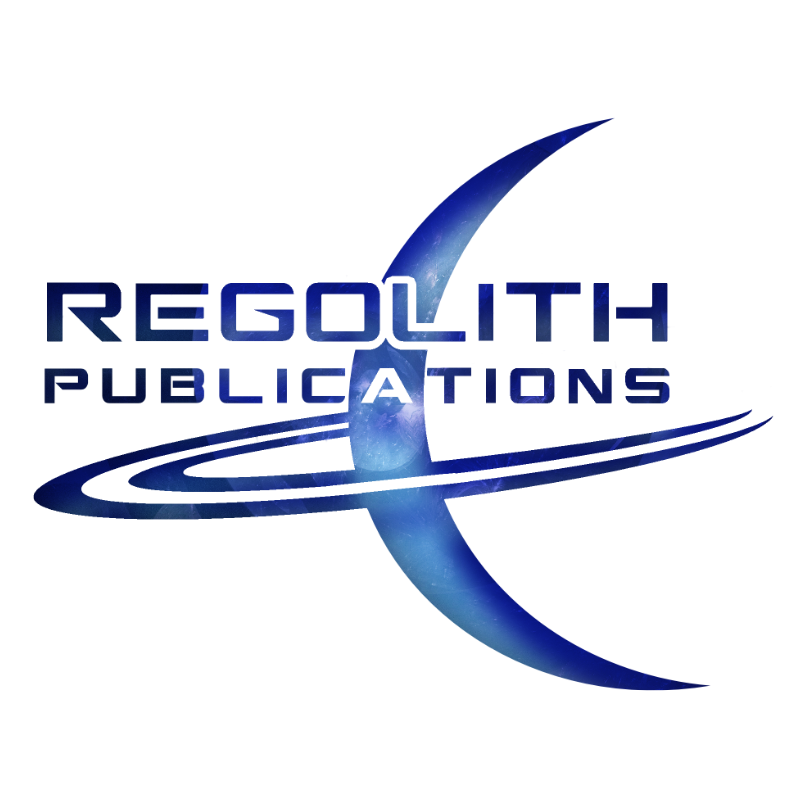|
In my Gladiatrix of the Galaxy science fiction/fantasy series, I am upfront about my heroine being pansexual.
That is, my heroine, Jegra Alakandra, is the only human character in a cast of over 200 characters and she's not against the idea of having intimate relations with other species from other worlds. I mean, when you're the only human in the story, that makes sense, right? Still, it seems to bother some people. Maybe they are more traditional when it comes to their views on relationship or gender stereotypes, but there's really no place for such human views in a universe where humans are the minority and their views are unimportant. Jegra has had to adjust to being the only female human in a vast array of strange and exotic new species. In book 1, she is married to a blue-skinned, elf-like emperor of an entire galactic empire, Rhadamanthus Dakroth. At the same time, she has a full-time, intersexual, transexual girlfriend who is also blue-skinned. (Note: In my series all Dagon females -- or blue-skins, as they're commonly called -- evolved to be intersexual. Therefore the women are all transexual, containing both male and female anatomy. The traditional males, not needing to reproduce with themselves, didn't evolve the same intersex capabilities. Think of it like how human females evolved to have more color cone receptors in their eyeballs. The genetic variation is minute, but it gives females an advantage in certain areas. That's an idea I settled on when I was thinking about how small evolutionary changes in the genome affect an entire species when it came to sexual reproduction.) At the same time, Jegra has an off again on again dalliance with a green-skinned alien woman from an entirely different species called the Bre'lal. A species of highly sexual women, like the Orion women of Star Trek, who have devoted their entire culture to the art of seduction and pleasure. Finally, Jegra also has relations with a lizard-man known as a Dragonian. Basically, lizard people who evolved to be space-faring. The unique trait of these people are that sexual reproduction is not pleasant, so they rarely do it. Another one of my alien races shuns sex altogether and has made it illegal. Reproduction for the Nyctan species involves a lot of highly ritualistic laws and ceremonies that tie into their ultra-religious beliefs (I loosely based them off traditional Islamic customs, but in an obviously exaggerated and fictional way so as to be familiar but still original). Even as Jegra ends up marrying her blue-skin partner, making her polyamorous too, she is still allowed up to 17 consorts. (Yes, alien cultures and genders work differently than human ones and monogamy wouldn't make much sense from an evolutionary, intergalactic, point of view. Maybe certain isolated species still depending largely on communal or tribal values would prefer monogamous relationships. But, ultimately, I felt there were fewer reasons for monogamy than polygamy where multiple species and customs were concerned). She is primed to be married again to another consort in the near future. A longtime friend who is -- well, I don't want to give it away because...spoilers. It's surprising to me how many people find this type of non-traditional view of relationships, gender identity, and sex offensive. In a science fiction novel. That's not even about humans. A strange human hang-up, for sure. If it's not heteronormative, guy/girl, human/human relationship -- or something anthropocentric, like a vampire or werewolf or shifter that can take the form of or resemble humans -- many people seem to shy away from it. It's fascinating to me for a couple of reasons. First, I'm not talking Chuck Tingle level of inanimate object fetishism whereby I'm ramming my butt with my own butt while falling madly in love with a unicorn that is also my office stapler type stuff. I'm merely writing characters who have feelings, goals, and aspirations that reflect actualized people's feelings, goals, and aspirations. Yes, they're aliens. Yes, that means they will view the world differently than we as humans do. Why wouldn't they? If you choose to define everything according to your human values, then you might be in danger of discovering that your own imagination is limited. Yet, maybe that's why I enjoy writing sci-fi and fantasy. I can explore alternative ideas that most people don't really bother or worry thinking too deeply about. I do prefer to think about such things and explore them in my writing. Science fiction has been getting more diverse over the past decade or so. That much is obvious to anyone who has stayed tapped into the mainstream. Many more people of color, of varying ethnic backgrounds, and many more women are writing speculative fiction today than ever before. As of recent, I've really enjoyed the work of Kameron Hurley, Marjorie Liu, Gail Simone, Sarah J. Maas, Martha Wells, N.K. Jemisin, Mishelle Baker and the list goes on and on. Gone is the era of the old white crusty male being the only ones writing noteworthy and award-winning sci-fi. (Please note that this was a symptom of a bygone time where, historically speaking, old crusty white publishers and editors preferred to publish stories mainly from their own social and racial demographics). It's a new era. And I say this as an old white crusty male myself who writes sci-fi. The truth is, the diversity is healthy for us. And for the genre as a whole. We are now seeing more and more voice join the "mainstream." An infusion of new blood, so to speak. New imaginative perspectives. New styles. New voices. No longer does gender, sexual preference, or your ethnicity prevent you from getting your voice out there. The playing field has been leveled (thanks in part to the self-publishing boom). Whether male or female, whether or not they come from a minority class or a more traditionally published group of favored elites there's been an explosion of new blood in the realm of speculative fiction. Instead of judging people's value on outmoded stereotypes, now we judge them on their imagination and storytelling chops. And that's the way it should be. I think you'll find, the hallmark of any great sci-fi or fantasy author, regardless of their background, is that they dare to entertain us while pushing boundaries. And that brings me back to my own work. How does one stay relevant in an ever growing sea of diversity, style, and voice? How does one forge their own style and voice and still gain traction in this deluge of endless raw talent? And the truth is, you have to keep pushing. Keep pushing forward, keep writing, and keep pushing the boundaries of what's possible in both terms of storytelling and imagination. At the end of the day, the only thing that will matter is how good of a yarn you can weave from the whole cloth of language and imagination. You can get your copy of Jegra in e-book and paperback >>here<<. Audio book coming March 1st 2019.
0 Comments
Robert E. Howard's work on Conan, Krull, and Solomon Kane is often lamented by literary elites as containing too many muscle-bound heroes and deliberate womanizing of scantily clad and nubile young women.
And, to a large degree, this is true. The books do contain a large amount of this kind of sexual exploitation, so to speak. Conan often finds himself in situations where these nubile young women either throw themselves at him or he subdues, seduces, or rescues the woman thereby winning her affection. And it's always just affection and love making. Never is a real romance formed. Essentially, Conan is the stereotypical hero who gets the girl in the end--as one would win a trophy--in most of his stories. It's not hard to see how some might think Howard's writing is dated by the patriarchal views of his day. Sexist, sometimes degrading, views of women characters. But was Howard using this trope because he knew how to write to the pulp market of his day, or did he really think such things about women? It's a mistake for a reader or a critic to believe that the depiction of characters in an author's book reflects the personal beliefs of the author. I mean, with that mindset if you read Howard's "The Frost Giant's Daughter," you might mistakenly believe he was comfortable with the notion of rape. In my personal favorite Conan story, "The Frost Giant's Daughter" the character chases a gossamer-clad goddess across the icy plains of the North, defeats ice giants, and then subdues the girl and tears her clothes off threatening to have his way with her before her deity father intervenes--effectively resetting all time and space and wiping Conan's memory of the event--granted, a much greater violation. Some might consider the story Howard's most risque tale for how close it comes to depicting a scene of rape if they had no capacity to read between the lines, that is. The story is much more nuanced, however. In reading it you'll find that it mainly reads as a metaphor for man's triumph over nature, the gods, and the old way. It also shows that, like Prometheus, Conan's perseverance is never-ending. He literally comes to the brink of madness because he will not give up his pursuit of subduing a literal goddess--which he eventually does. It is a testament to man's free will and of not being dominated by the gods who mock and insult him, where Conan triumphs. He defeats every obstacle the goddess throws at him, including illusions, avalanches, and ice giants. But the story ends with a twist. It is Conan that is robbed of his experience, not the girl. Perhaps it's worth mentioning that Robert E. Howard was the only author to actually get stories starring powerful women published in his day. I'm talking about women protagonists taking the lead and carrying an entire story. Those kinds of stories simply weren't being published in the 1920s. Pulp fiction, it's true, was dominated mainly by masculine, testosterone-charged male heroes, in a seemingly closed-off men's club that didn't allow girls to play. But many of Howard's stories featured strong female leads that were equal to and rivaled their male counterparts. Even Conan played second fiddle on more than one occasion. In "The Queen of the Black Sails" we see Conan become a lowly crew member of an infamous pirate queen, of which the story is about. In "Red Nails," Conan is assisted by the swordswoman, Valeria, who kills nearly everything in sight and is as every bit as deadly as he is. In "The Shadow of the Vulture" Red Sonya makes her literary debut. Event as the story is a historical fiction, Red Sonya is largley a creation of Howard, presumably based off H.p. Lovecraft's wife. An amalgamation of these characters would later lead to the modern version of Red Sonja, who becomes so iconic as to rival even Conan's fame. She has since gained multiple versions of her own comic book series and a big budget Hollywood movie -- all representing the iconic barbarian woman who is just as good with the sword as any man. An archetype encapsulating female strength and beauty is born. Indeed, Robert E. Howard showed complex views with regard to women in a time dominated by outmoded patriarchal views. Dark Agnes de Chastillon had her own ongoing series published in a time where almost no female heroines were being written about in pulp fiction. And this, thanks in a large part, to the imagination and talent that was Robert E. Howard. Post Script Another fascinating article on Robert E. Howard and his views regarding women can be found >>here<<. I reached out to a talented voice actress and audio book producer via ACX, Amazon's audio book production website, and got a response. My number one pick to narrate and perform Jegra Gladiatrix of the Galaxy said she was interested. I sent out review copies and am eagerly awaiting her response.
I hope she can commit to the project, because this will be the next big step in getting my books to more readers and listeners. |
Tristan VickBy day I am an educator and a cultural ambassador. By night I entertain notions of being a literary master. In reality I am just a family man and ordinary guy who works hard and loves writing just about as much as I love my family. Just about. AVAILABLE NOWNEWSLETTER
|


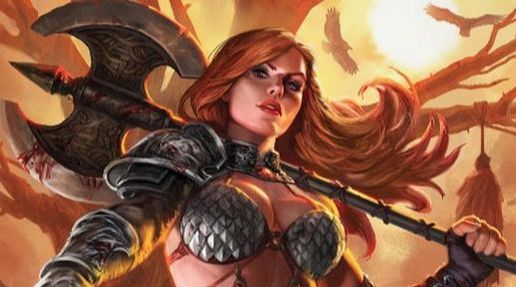
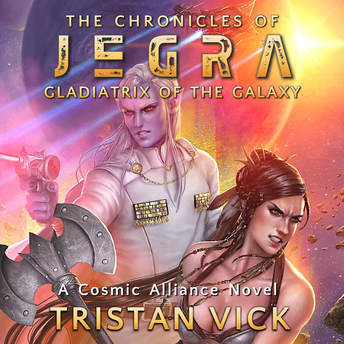


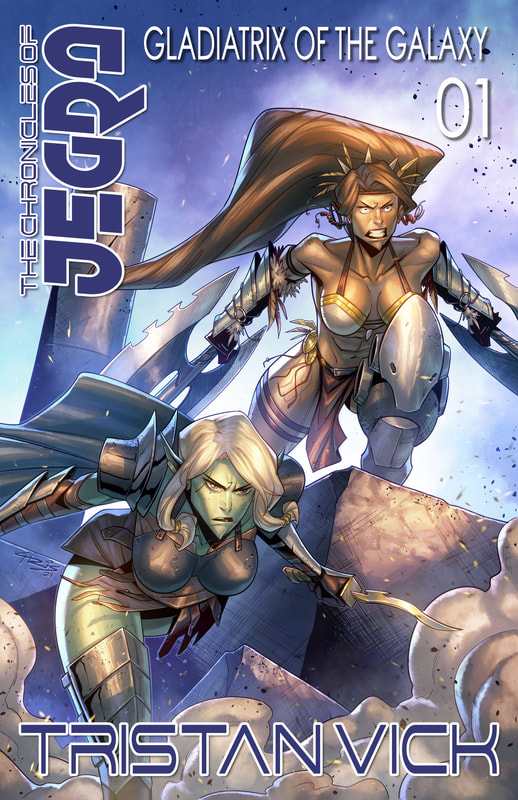
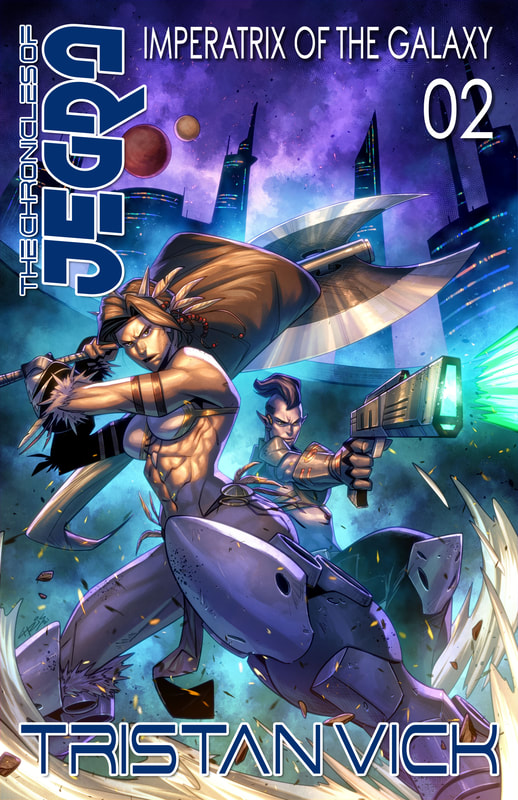

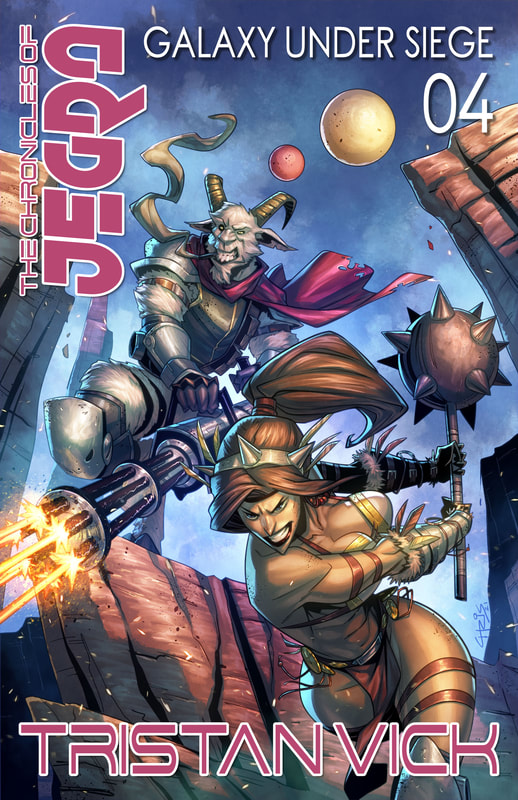

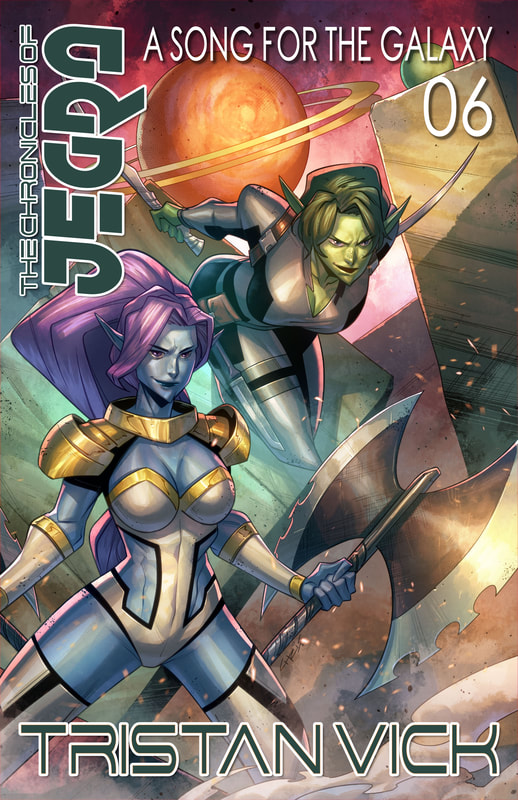
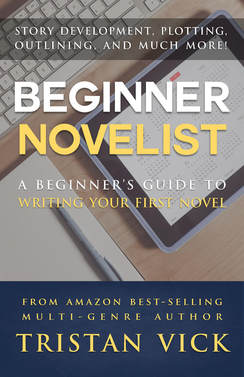
 RSS Feed
RSS Feed
